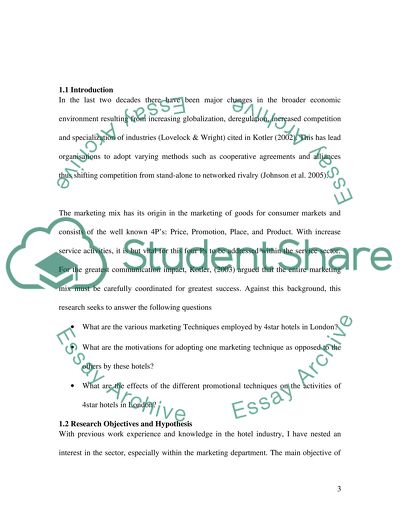Cite this document
(“Marketing and Promotional Techniques Used by 4* International Central Research Paper”, n.d.)
Marketing and Promotional Techniques Used by 4* International Central Research Paper. Retrieved from https://studentshare.org/marketing/1523666-proposal-bachelor-essay
Marketing and Promotional Techniques Used by 4* International Central Research Paper. Retrieved from https://studentshare.org/marketing/1523666-proposal-bachelor-essay
(Marketing and Promotional Techniques Used by 4* International Central Research Paper)
Marketing and Promotional Techniques Used by 4* International Central Research Paper. https://studentshare.org/marketing/1523666-proposal-bachelor-essay.
Marketing and Promotional Techniques Used by 4* International Central Research Paper. https://studentshare.org/marketing/1523666-proposal-bachelor-essay.
“Marketing and Promotional Techniques Used by 4* International Central Research Paper”, n.d. https://studentshare.org/marketing/1523666-proposal-bachelor-essay.


